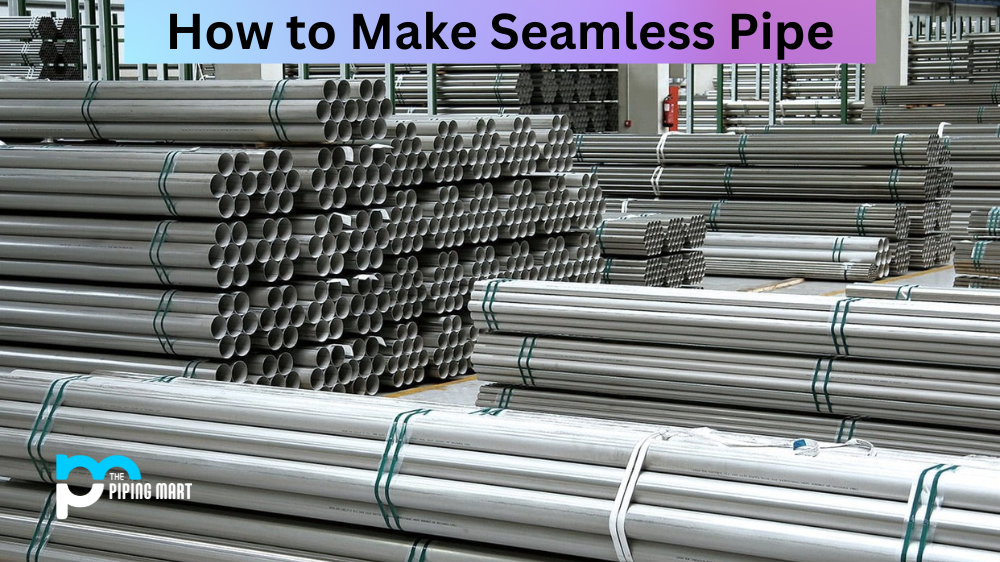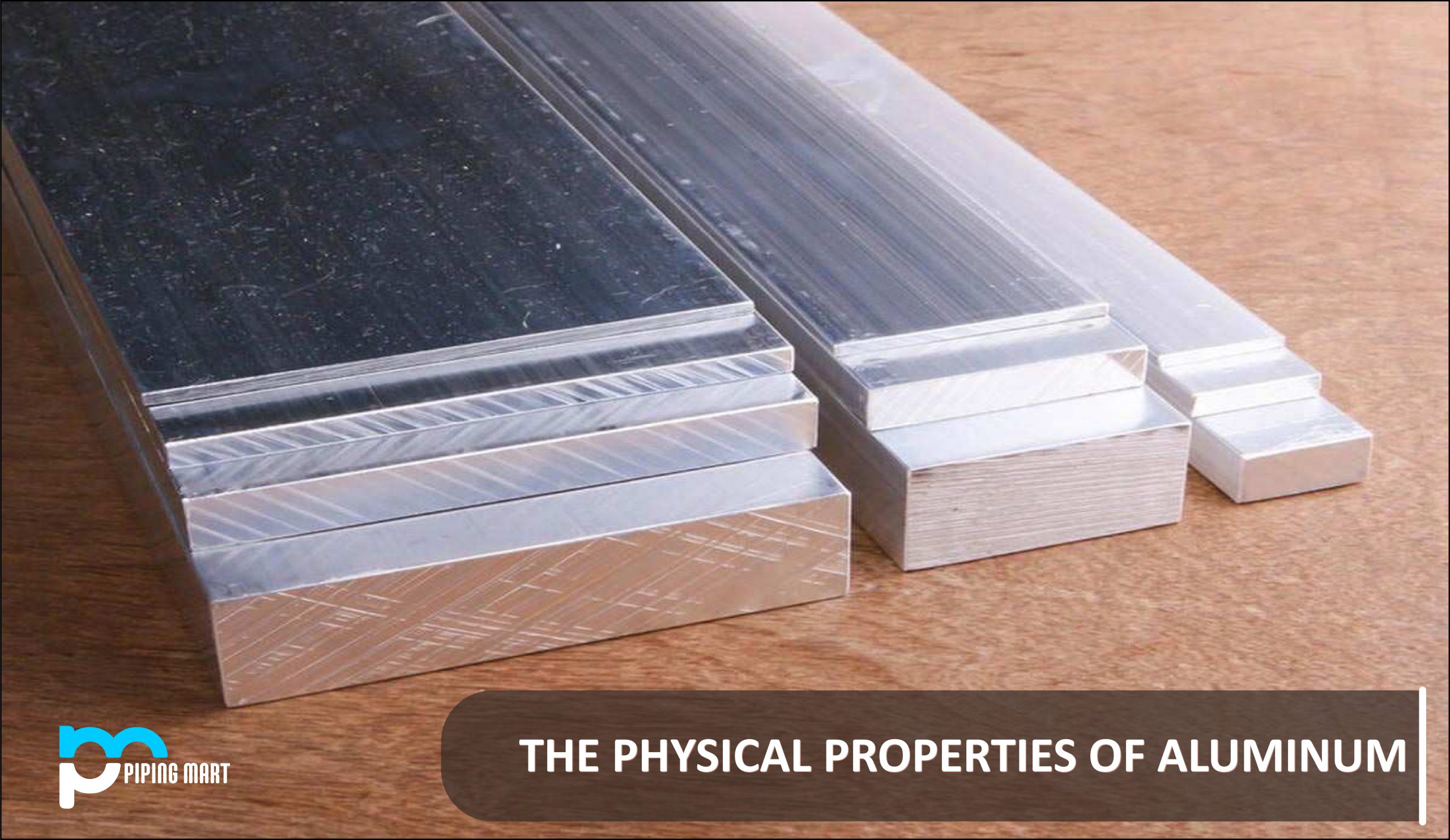Making a seamless pipe involves a process of heating and reshaping steel, often in the form of a coil. This process is done for a variety of reasons, including creating fittings for connecting pieces of pipe together, creating larger pipes from smaller ones, and even creating furniture. In this post, we’ll break down the steps involved in making a seamless pipe so that you can gain an understanding of how it works.
Step 1: Coiling the Steel Sheet
The first step in making a seamless pipe is to create a coil out of the steel sheet. This is done by feeding the sheet through rollers at progressively increasing angles until it forms a coil shape. The rollers are heated so that they can shape the steel without damaging it. During this process, small holes may be punched into the metal to make sure that it is properly shaped and aligned.
Step 2: Heating the Coil
Once the coil has been created, it needs to be heated up in order to reshape it into its final form. This is done by placing it into an induction furnace where temperatures can reach up to 3,000 degrees Fahrenheit (1649 Celsius). At this temperature, the metal begins to soften and become malleable enough to form a pipe shape.
Step 3: Forming the Seamless Pipe
The final step in making a seamless pipe involves pushing or rolling the heated coil through a series of mandrels or dies, which reshape it into its desired form. The mandrels give each section of pipe its diameter and wall thickness while also giving it its overall shape and length. After this process is complete, any remaining holes or imperfections on the surface are smoothed over before being inspected for quality control purposes.
Conclusion:
Making seamless pipes requires precise techniques that involve shaping metal with heat and pressure. This process begins with coiling steel sheets using rollers before heating them up in an induction furnace and then pushing them through mandrels or dies, which give them their desired shape and size. Quality control inspections are then performed to ensure that each piece meets industry standards before being sent out for use in any number of applications, such as water piping, mechanical tubing, structural components, furniture manufacturing etc. It’s truly remarkable what kind of products can be created from something as simple as a steel sheet!

Pipingmart is a B2B portal that specializes in metal, industrial and piping items. Additionally, we share the latest information and information about materials, products and various types of grades to assist businesses that are involved in this business.




